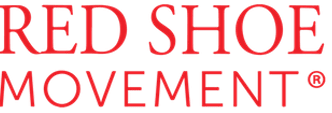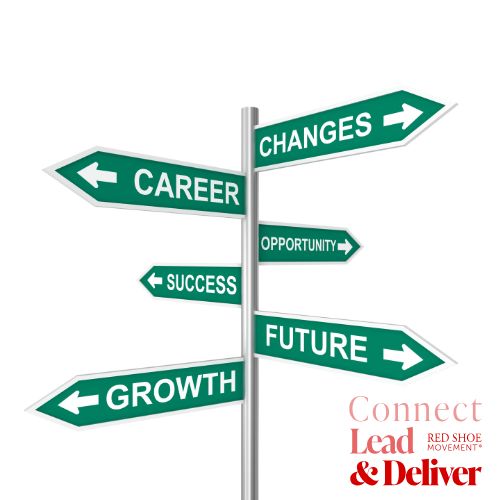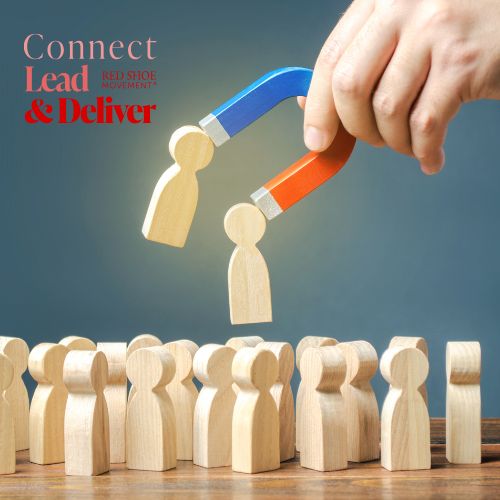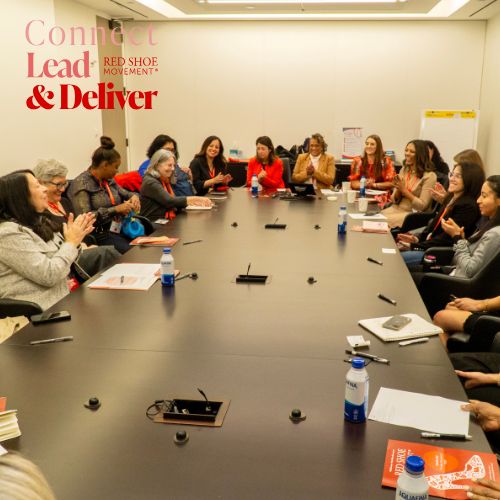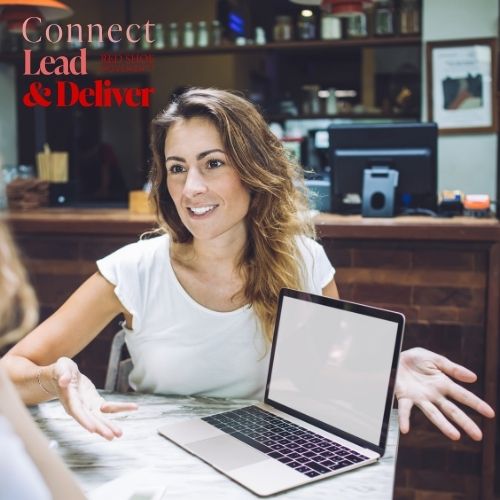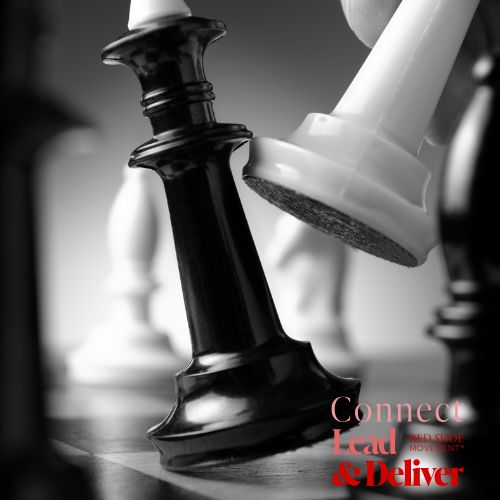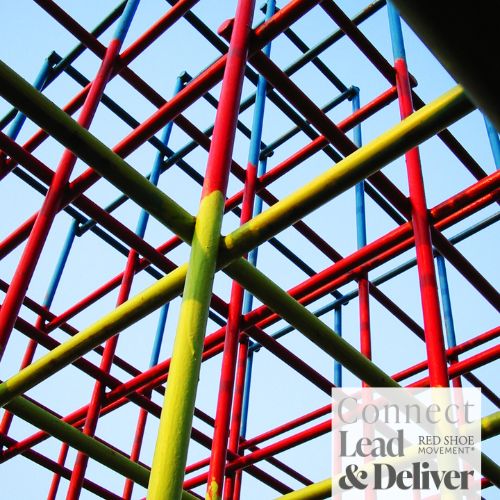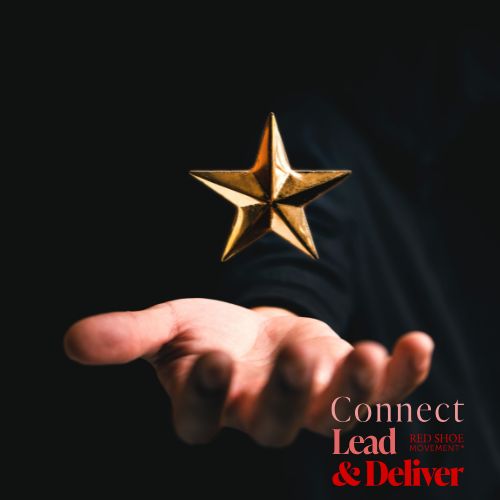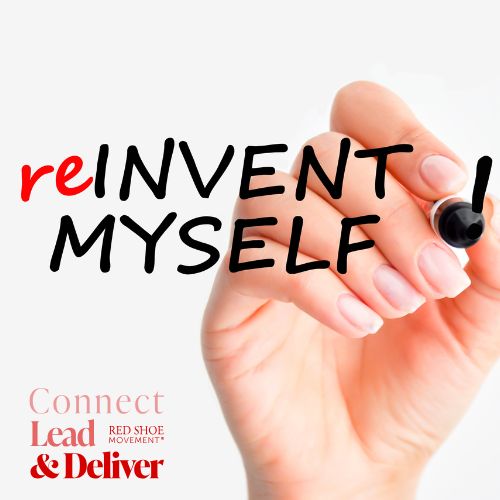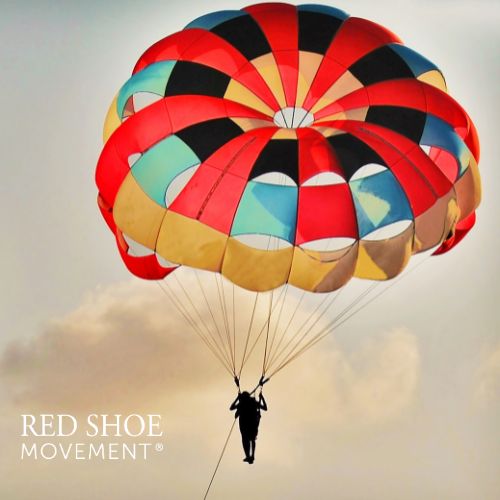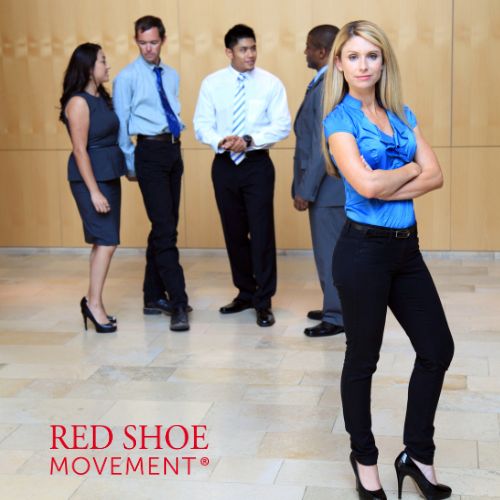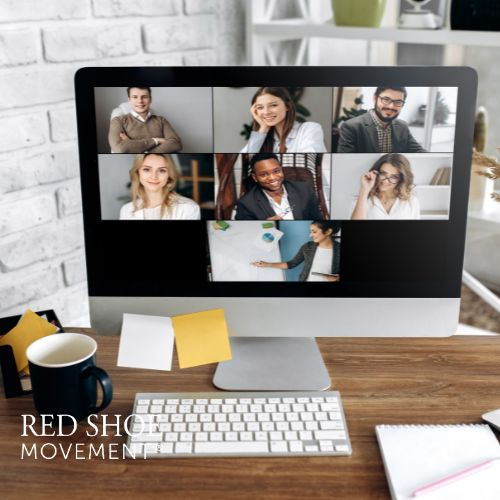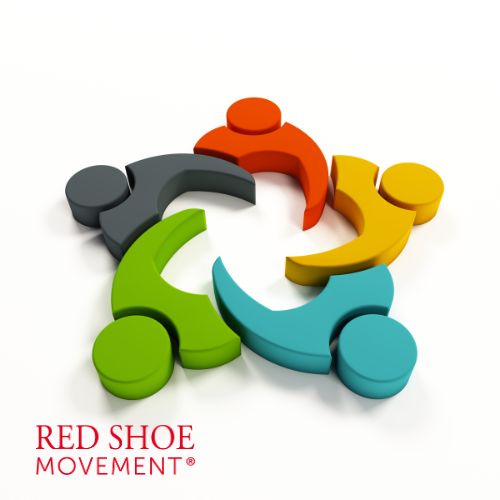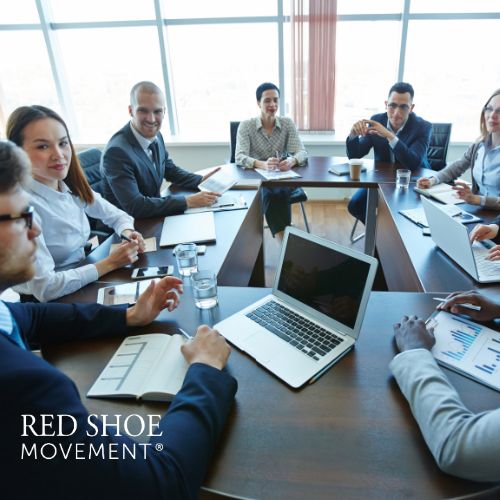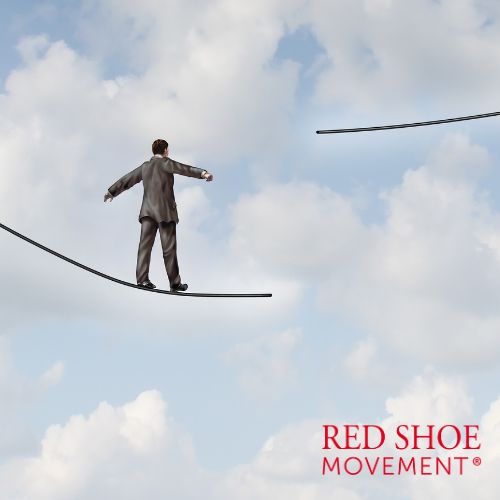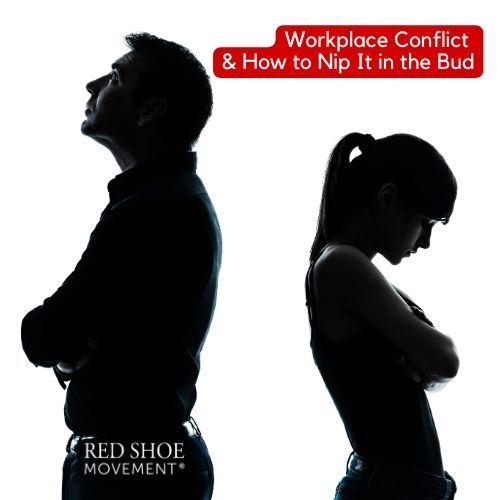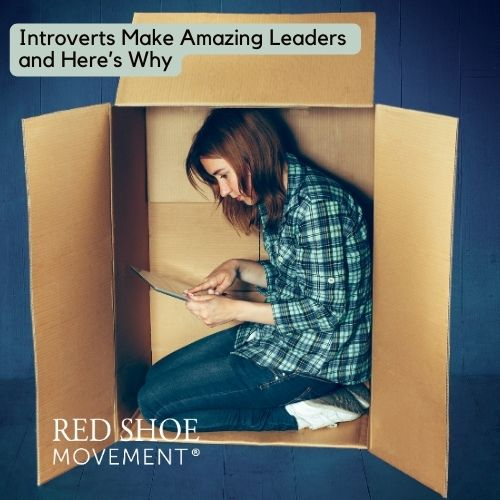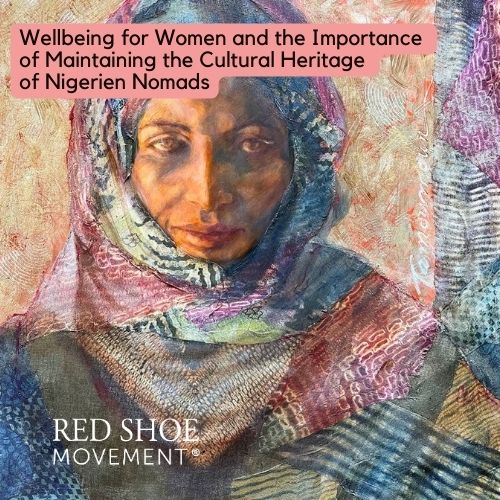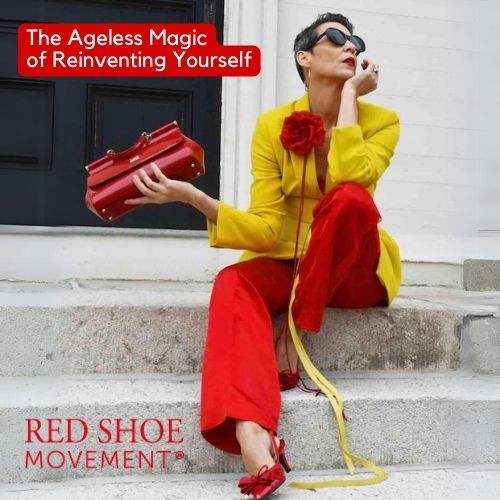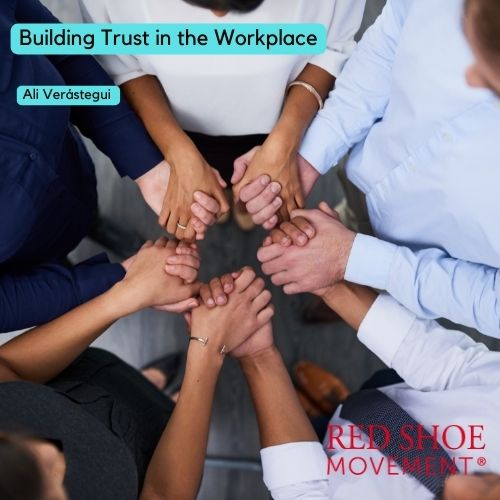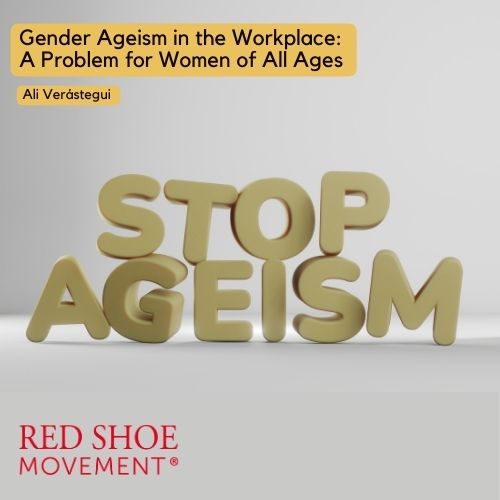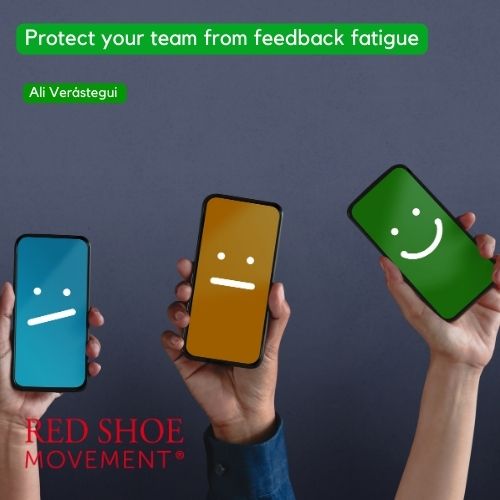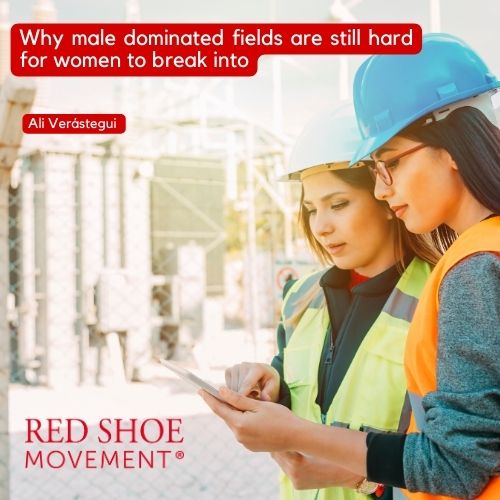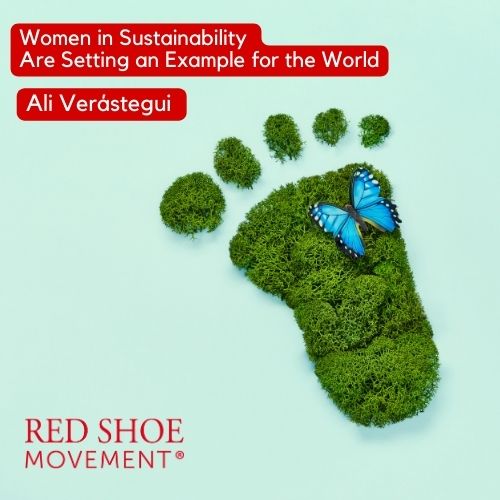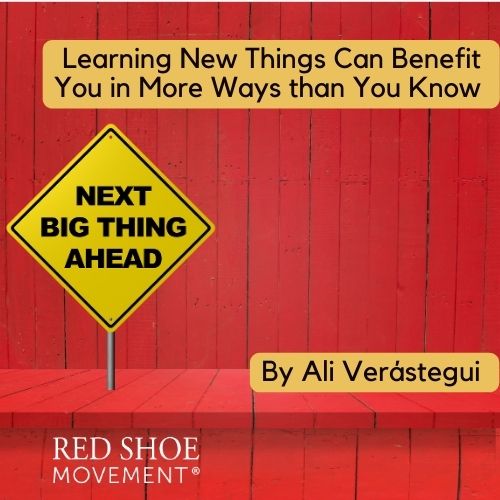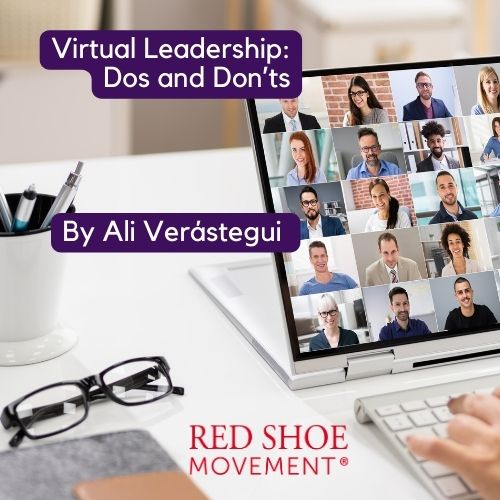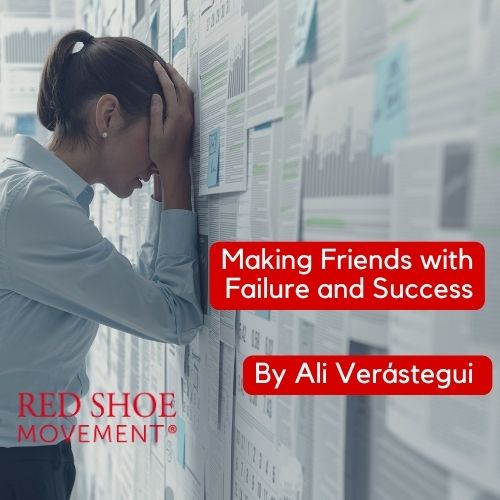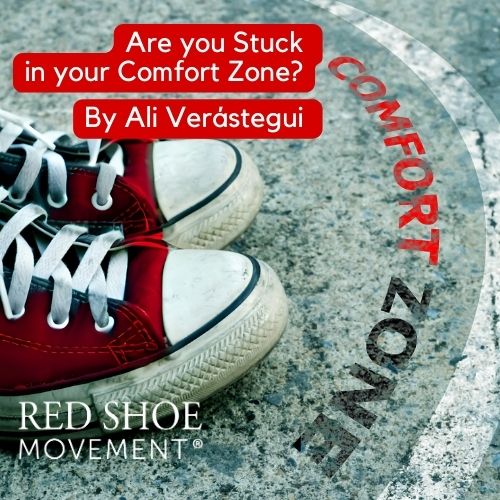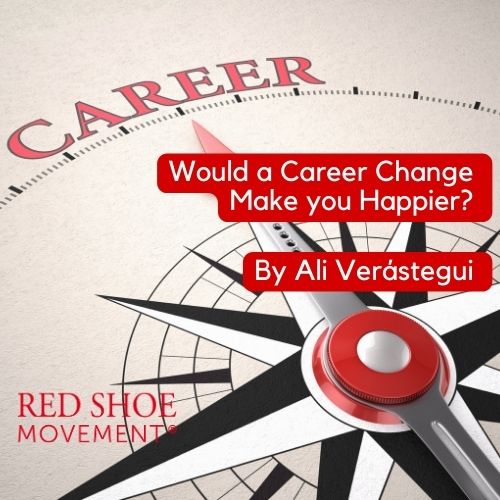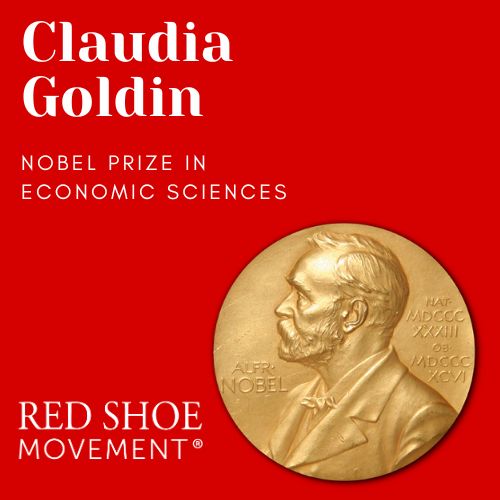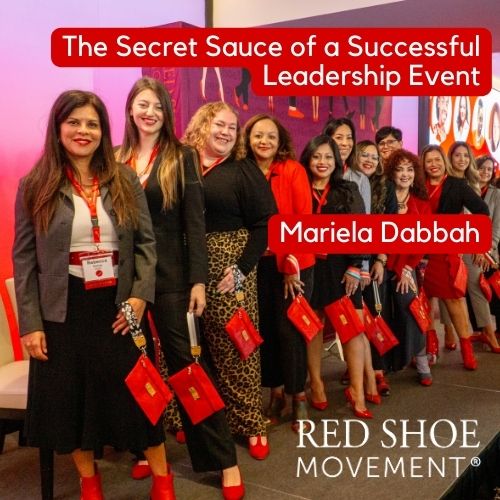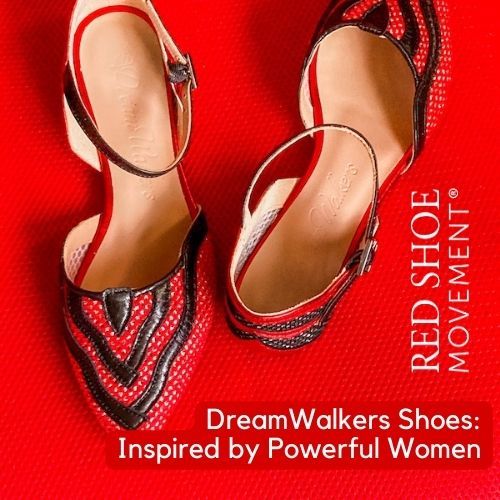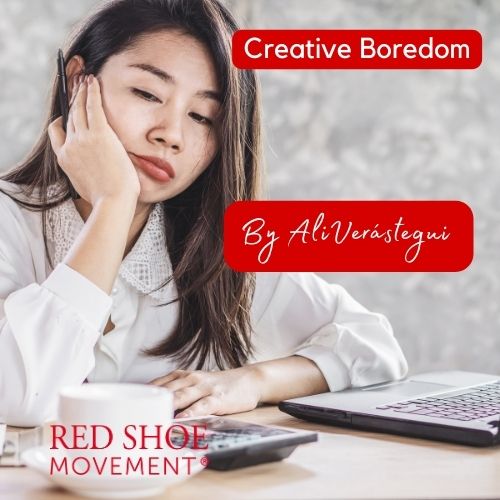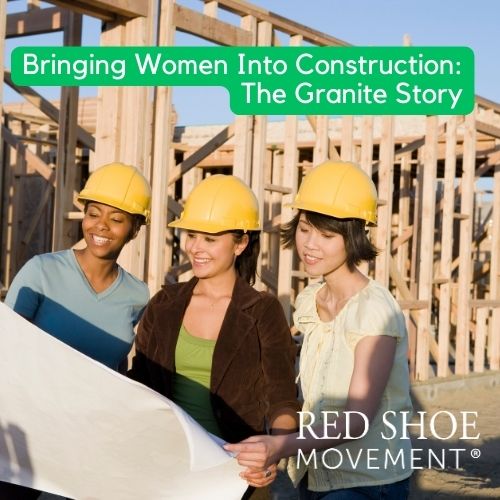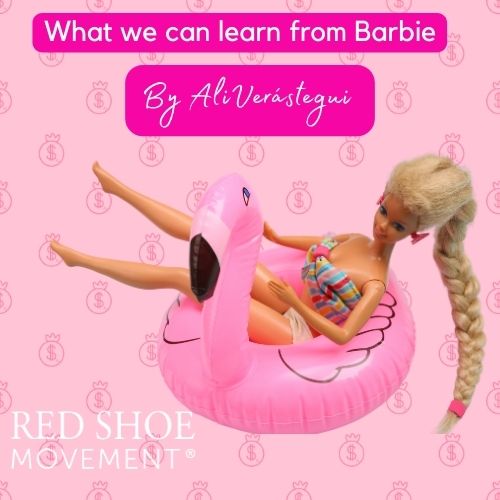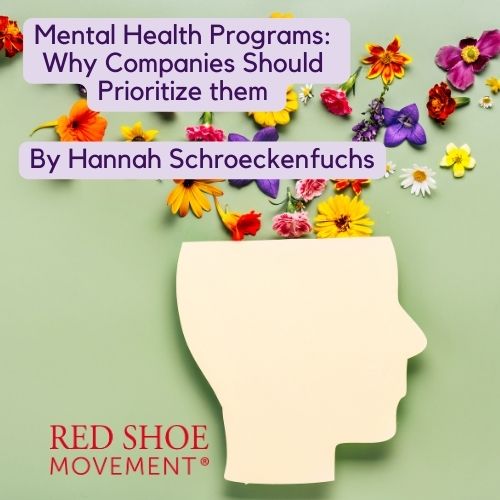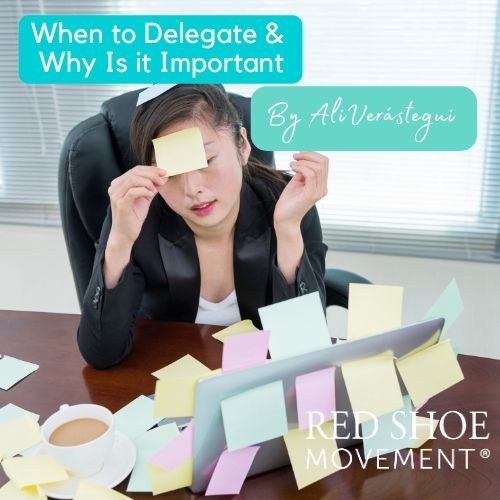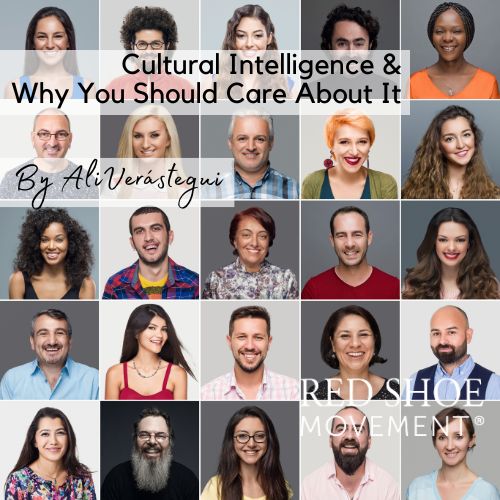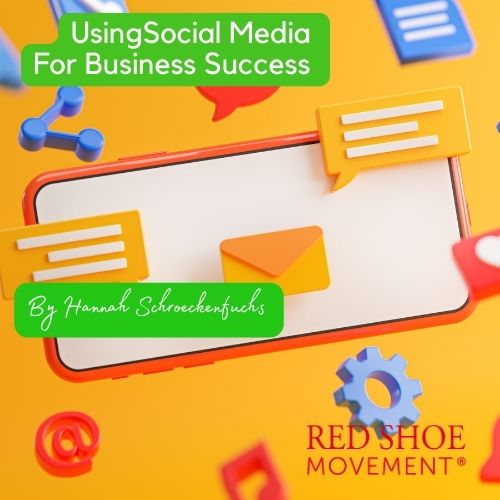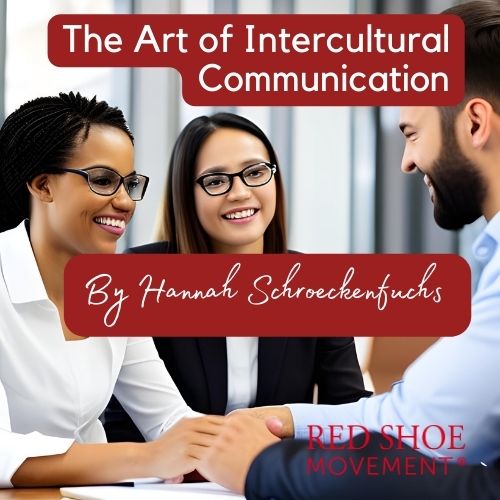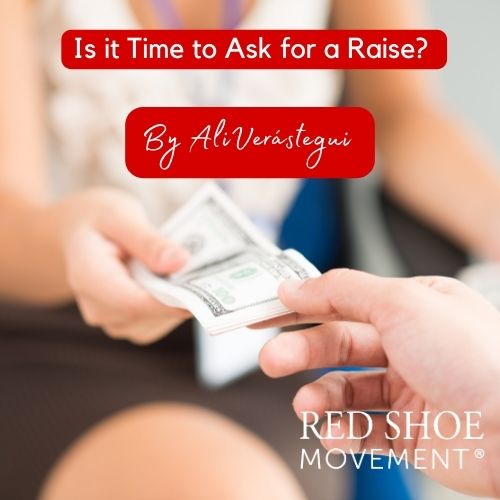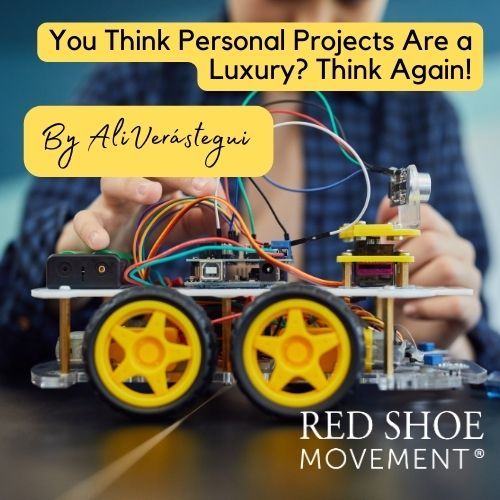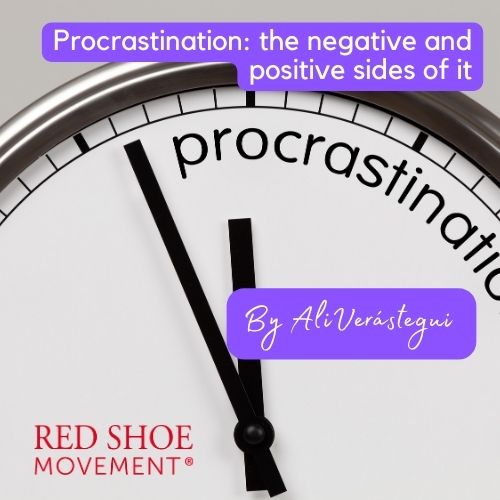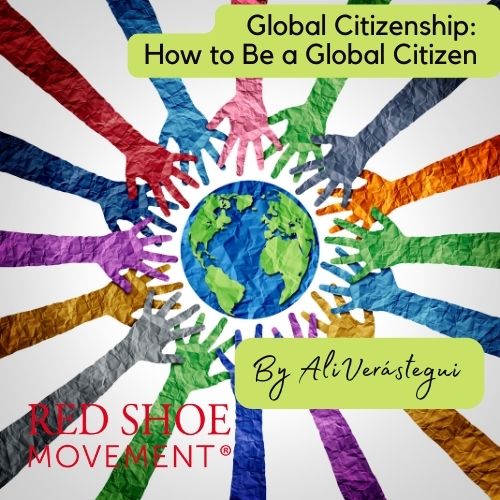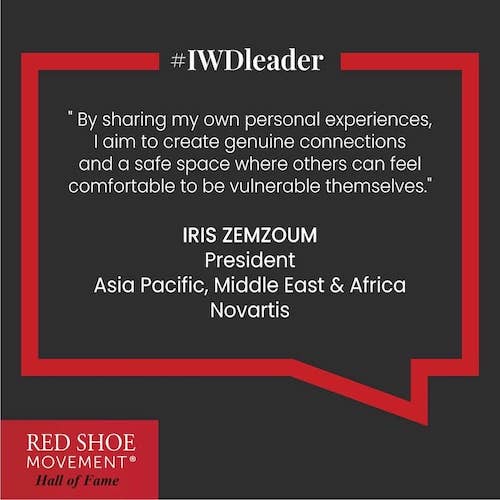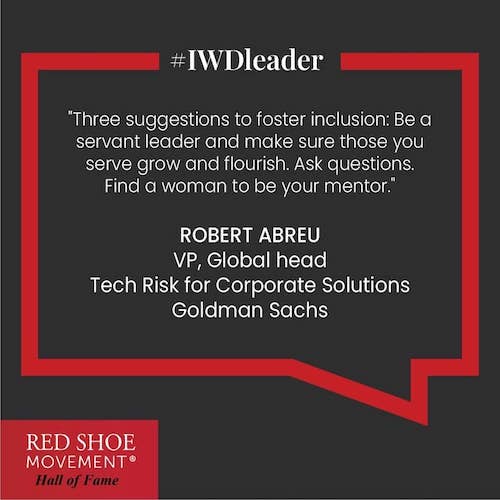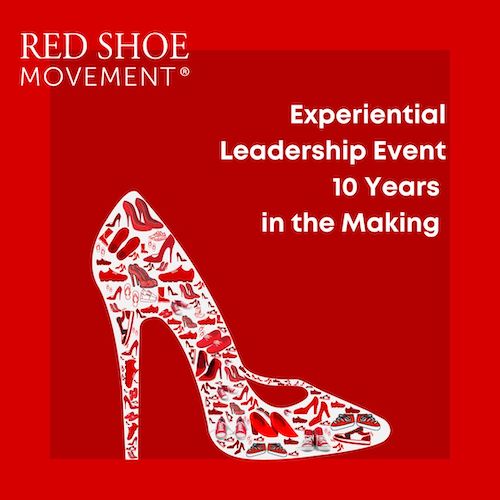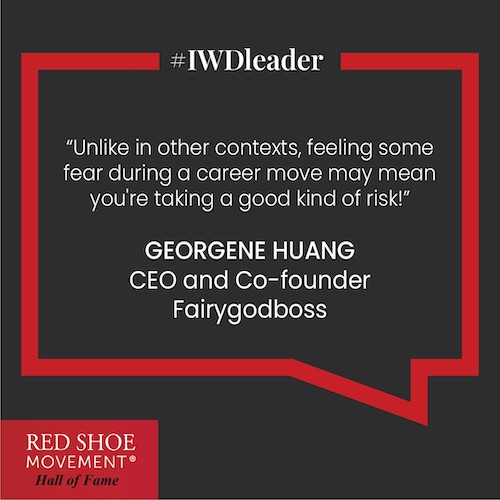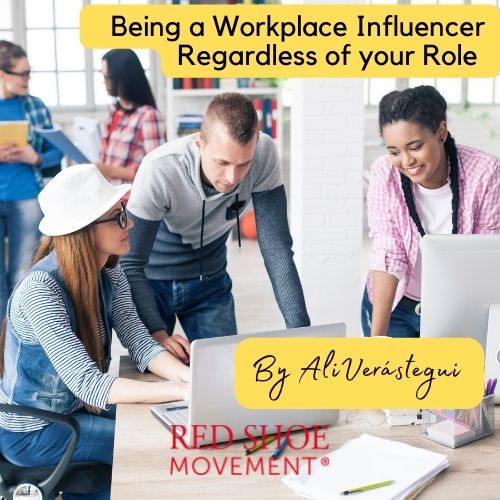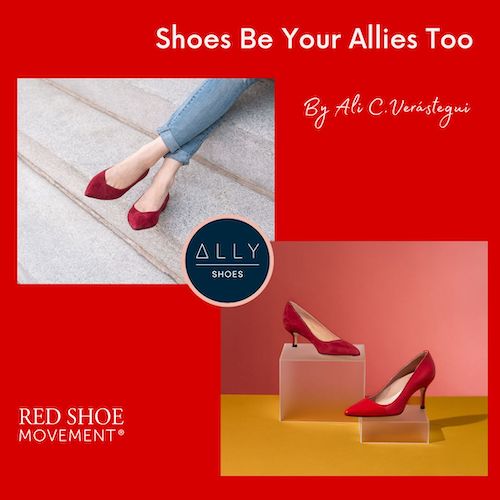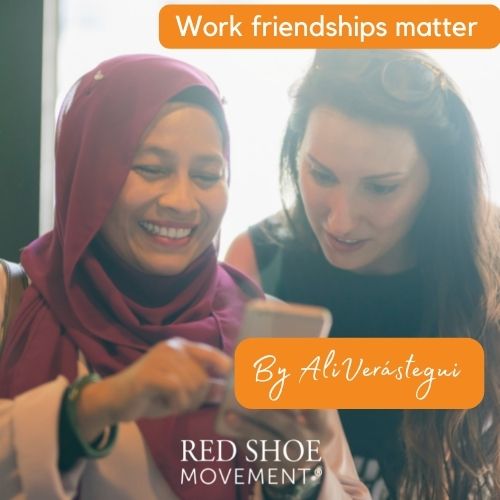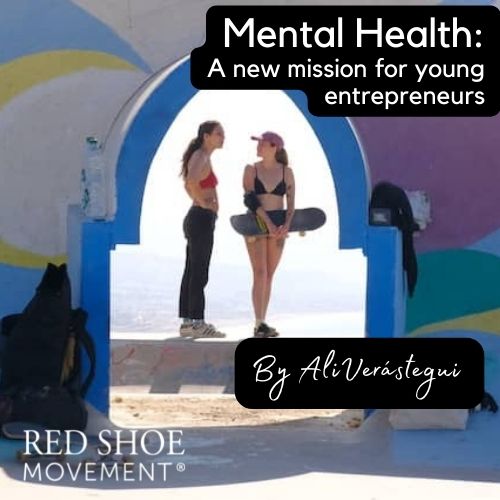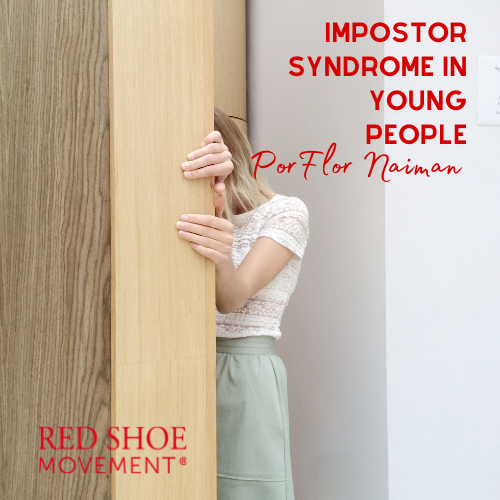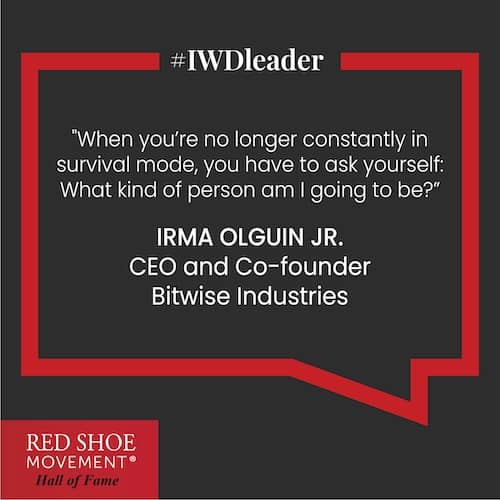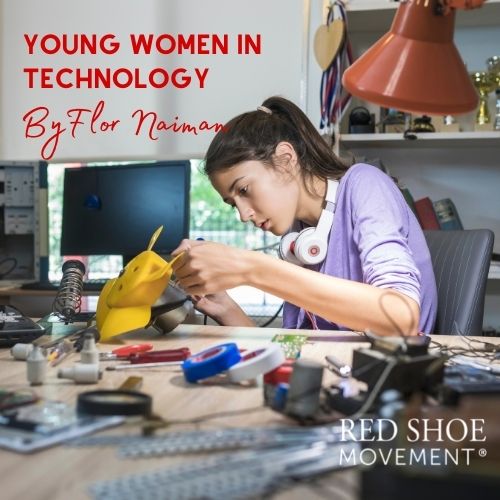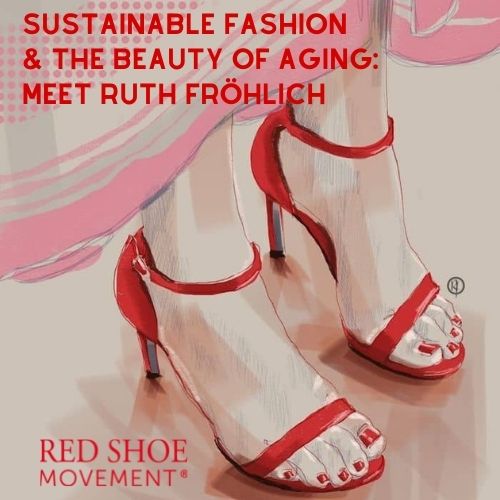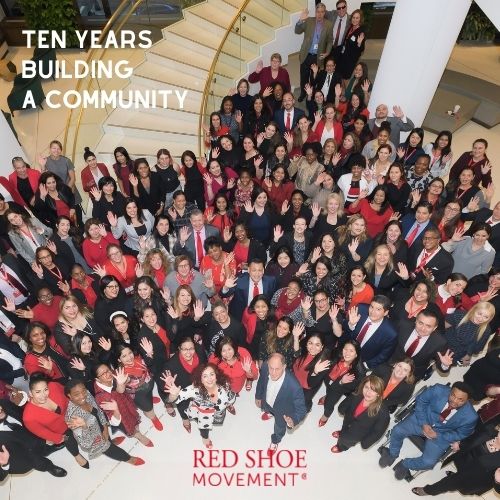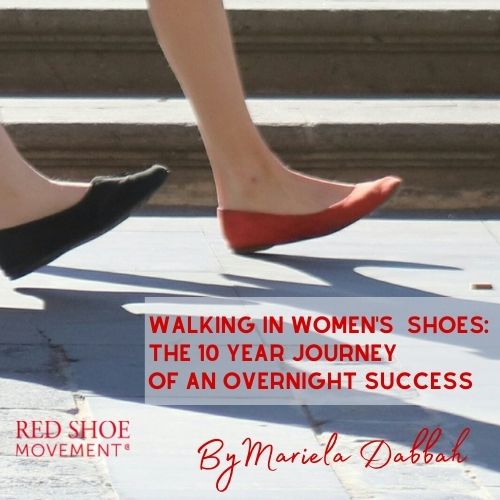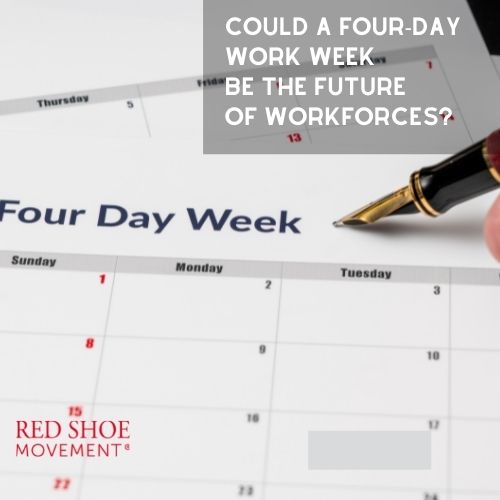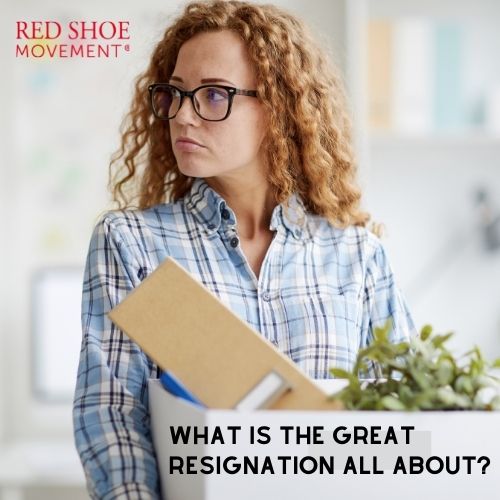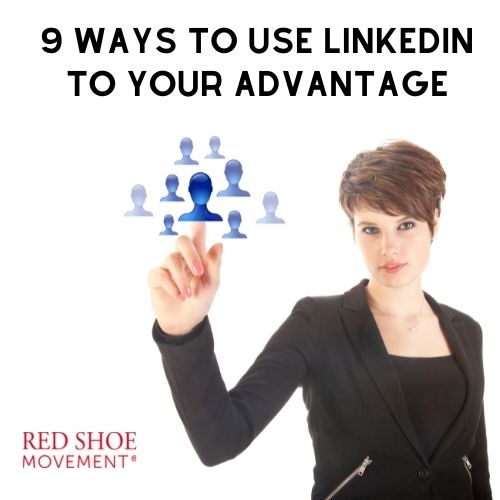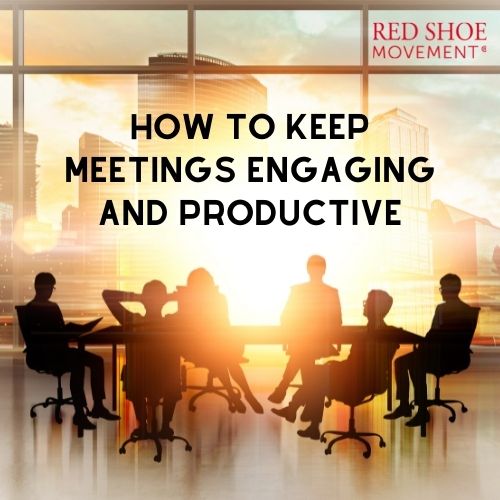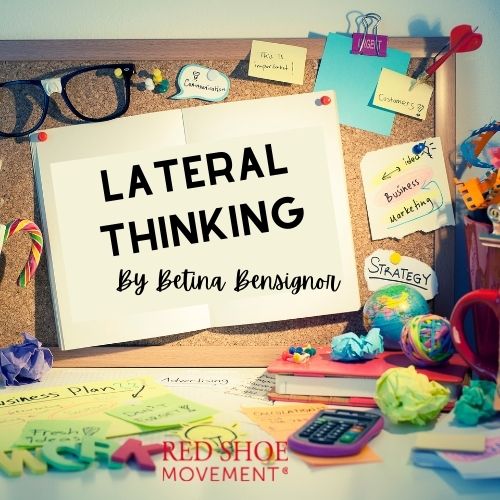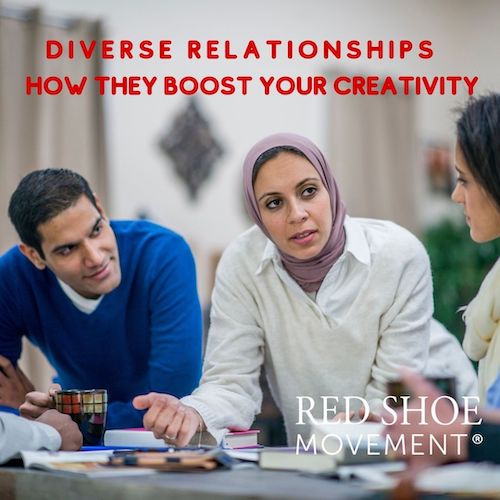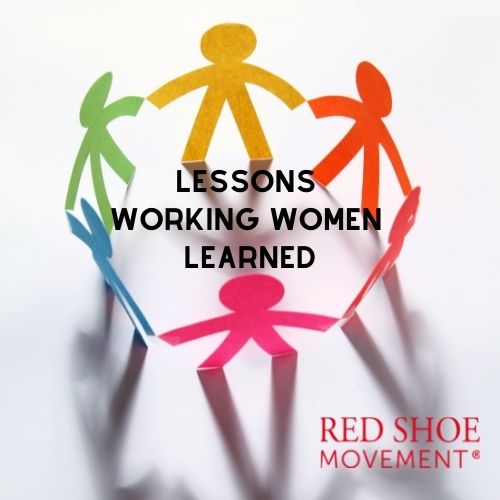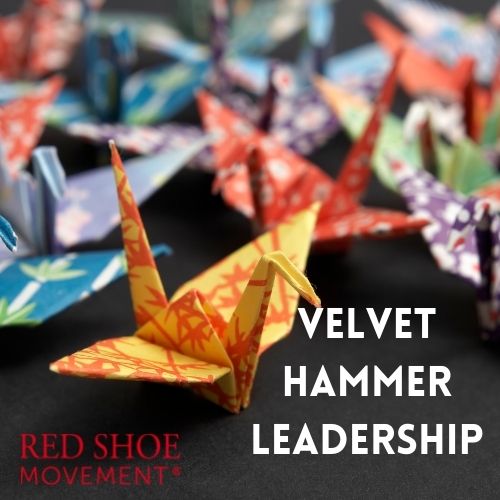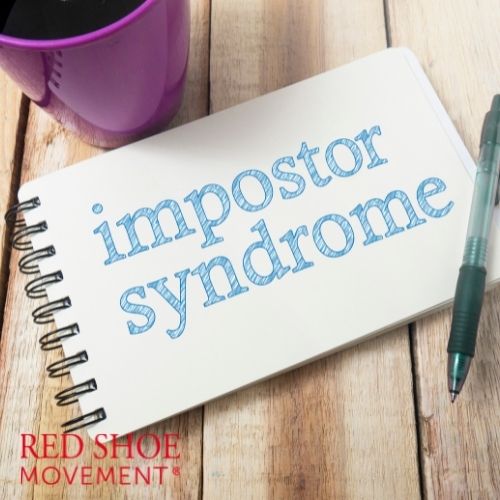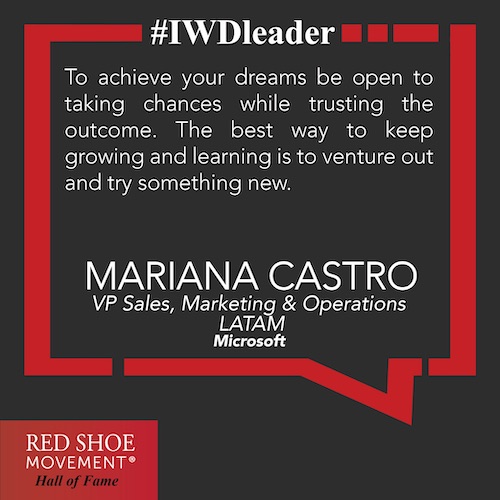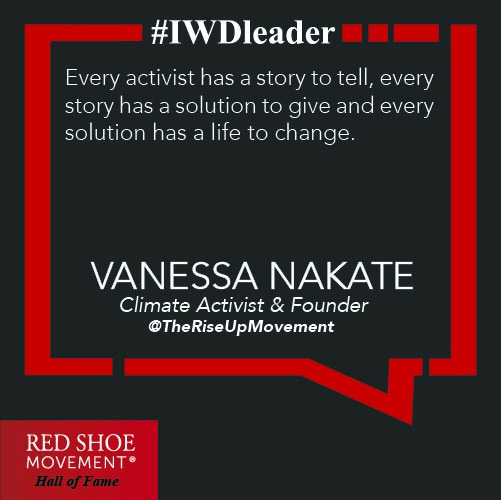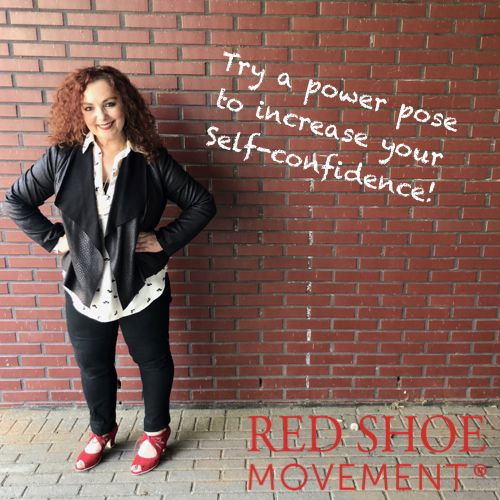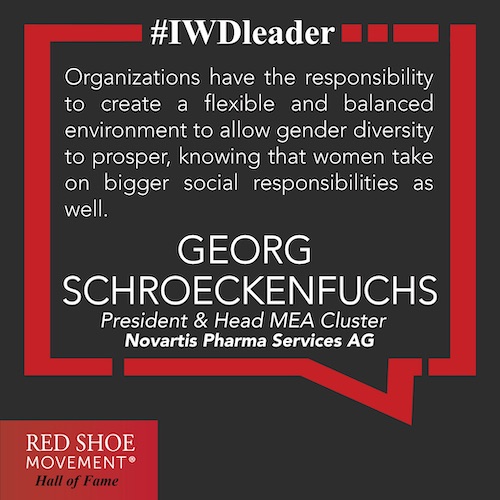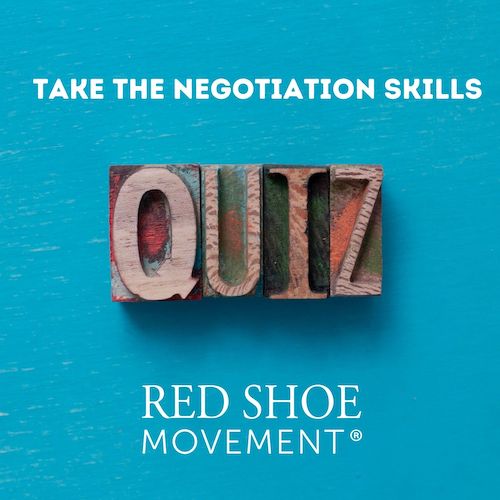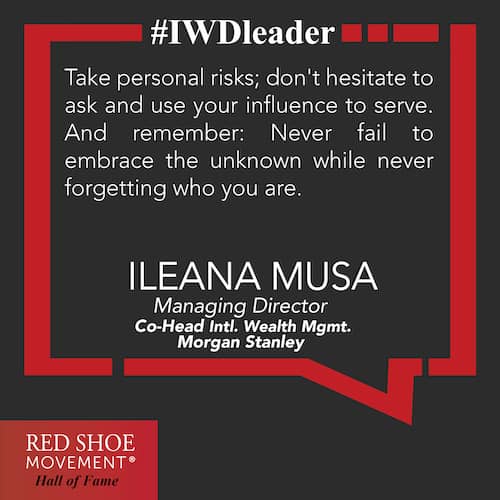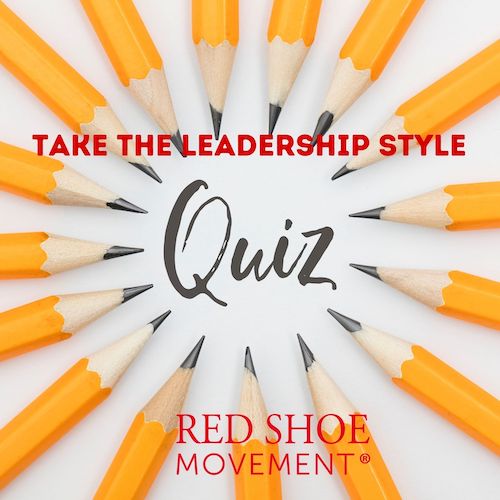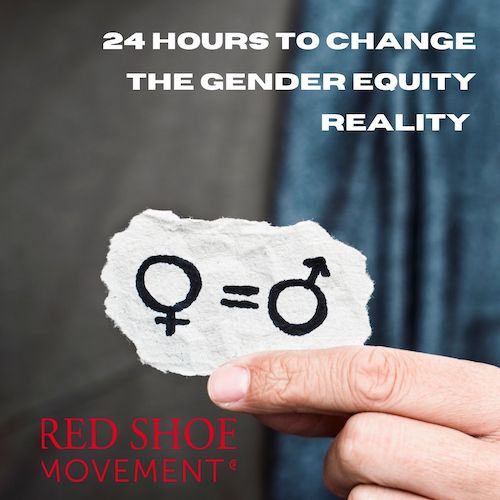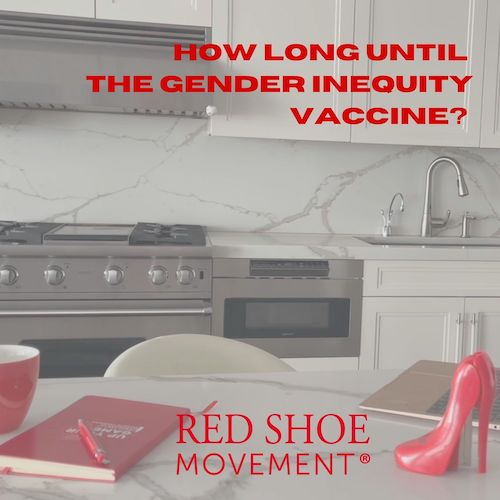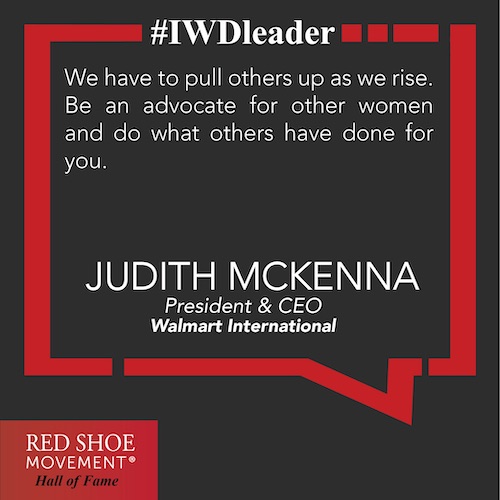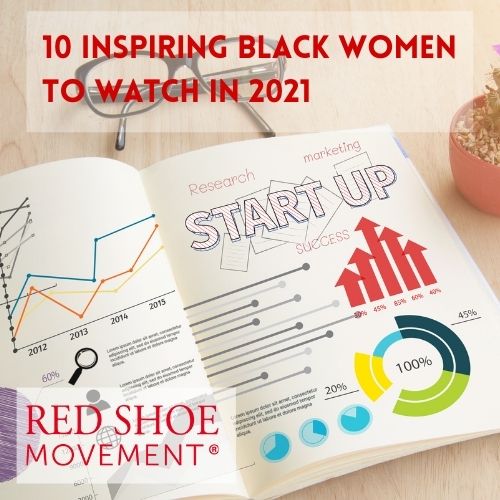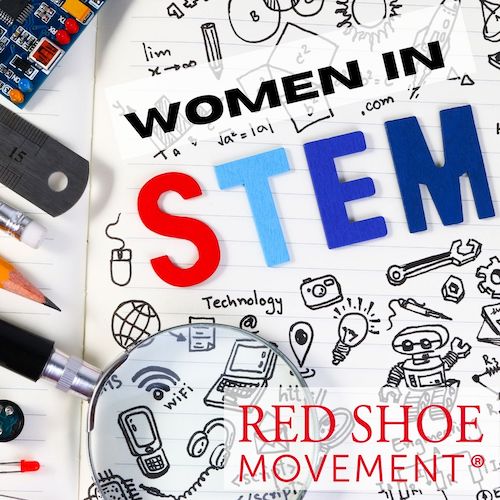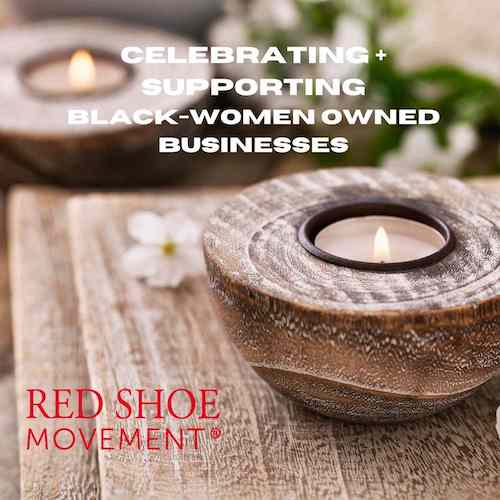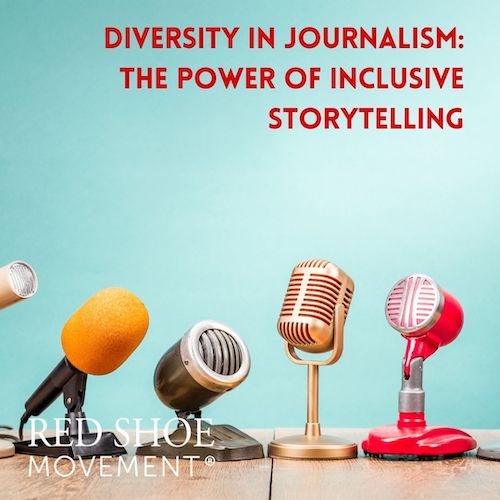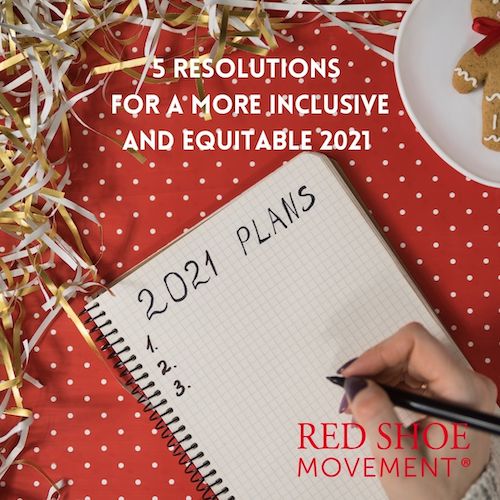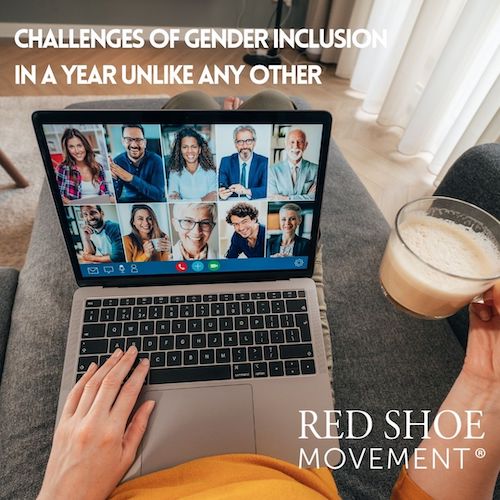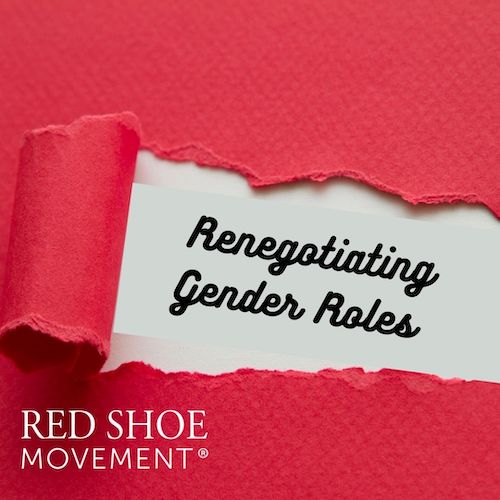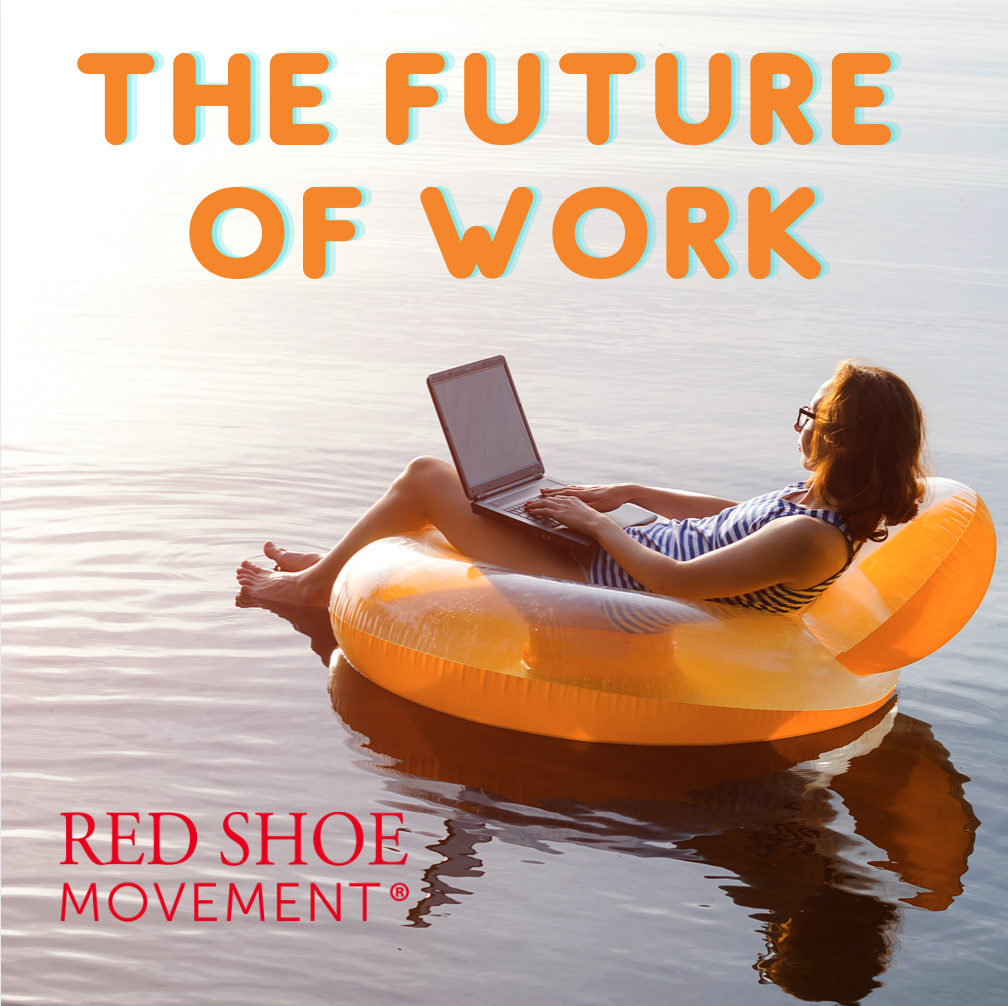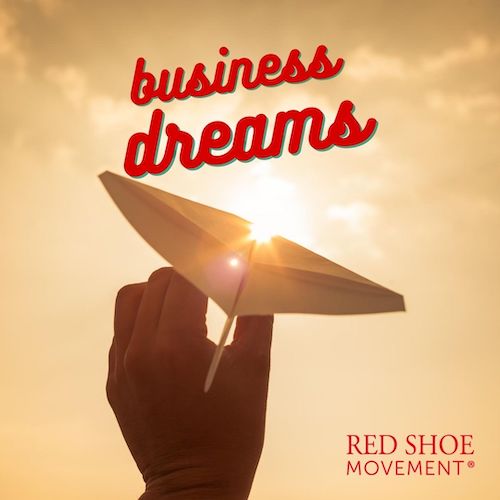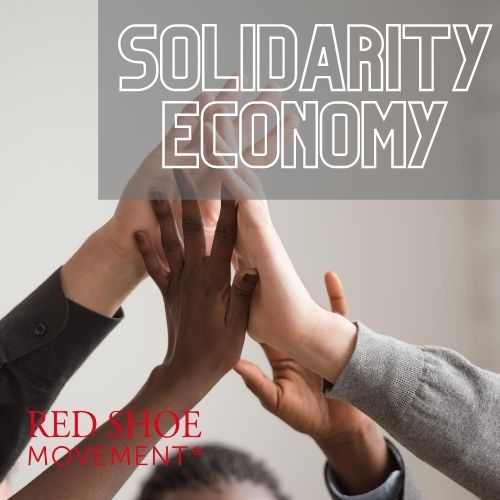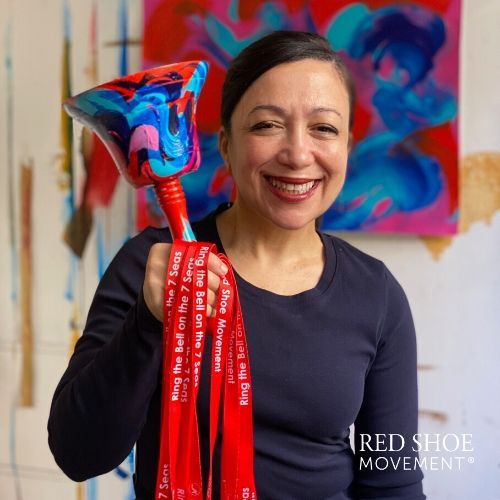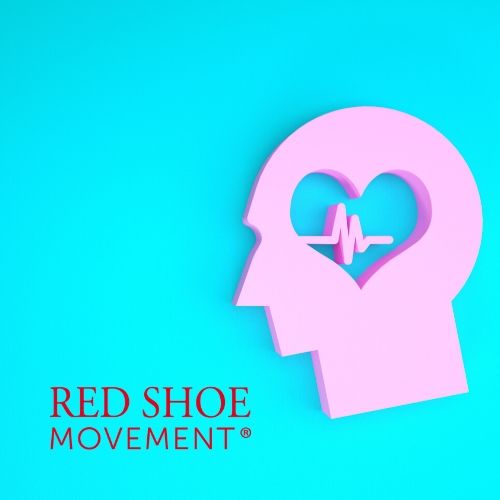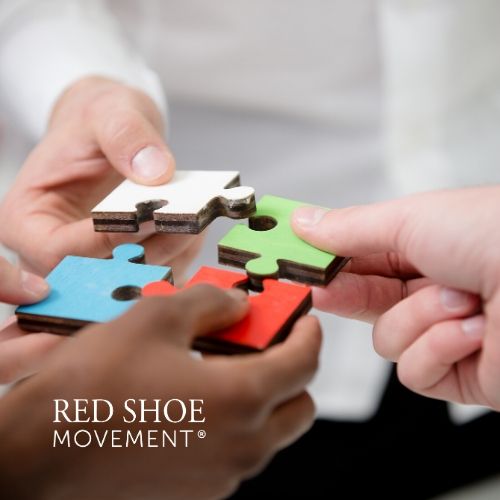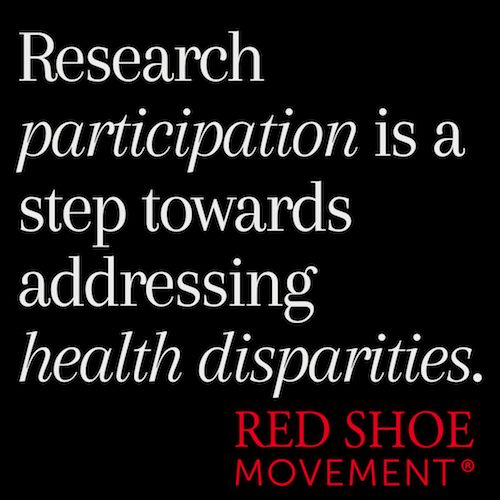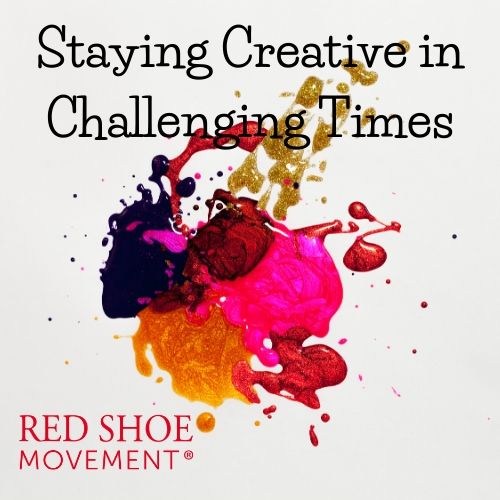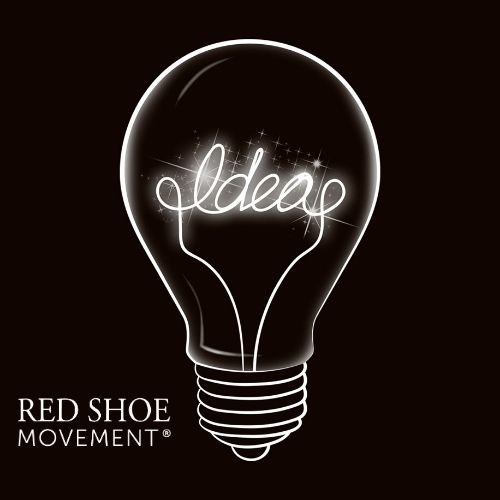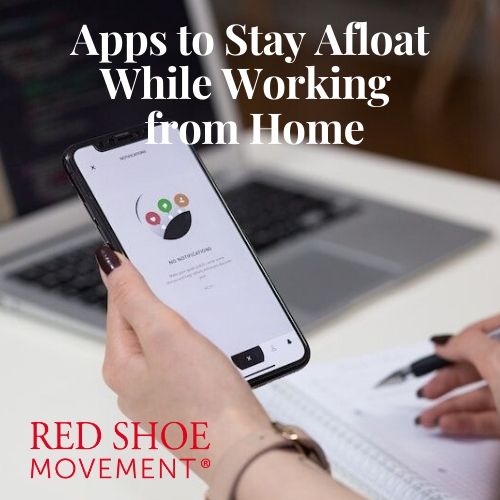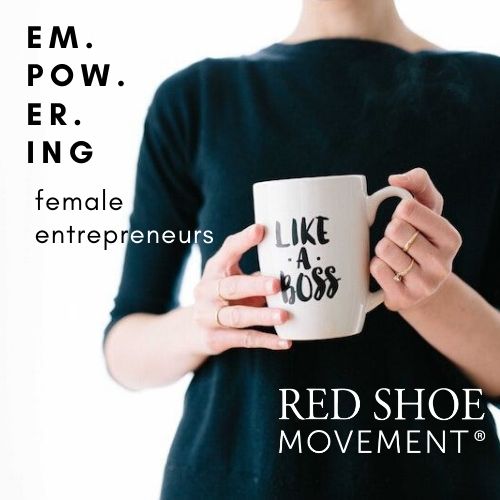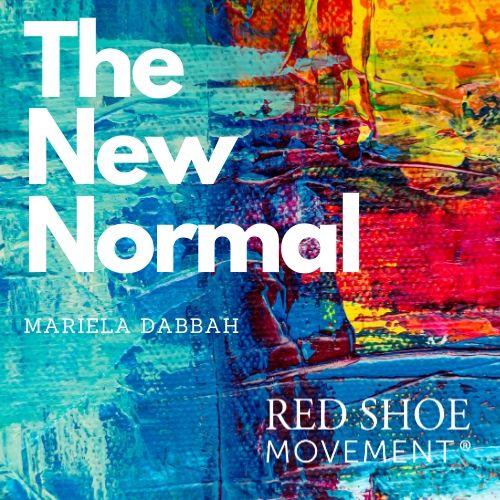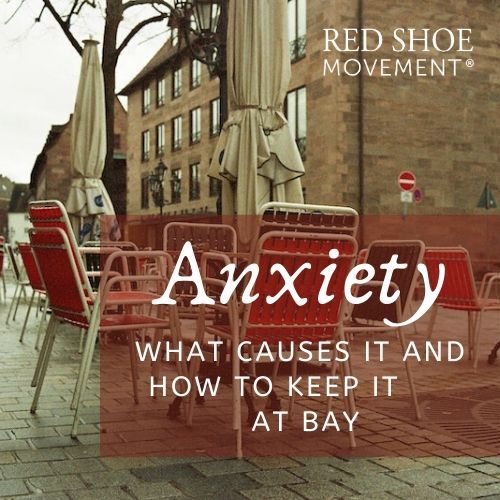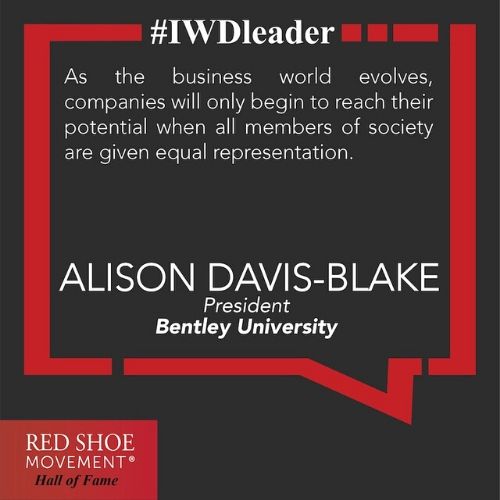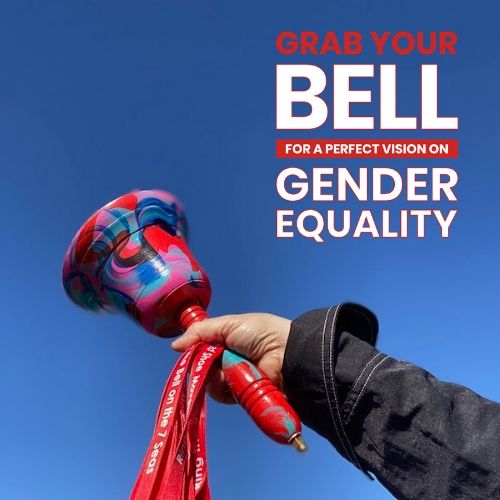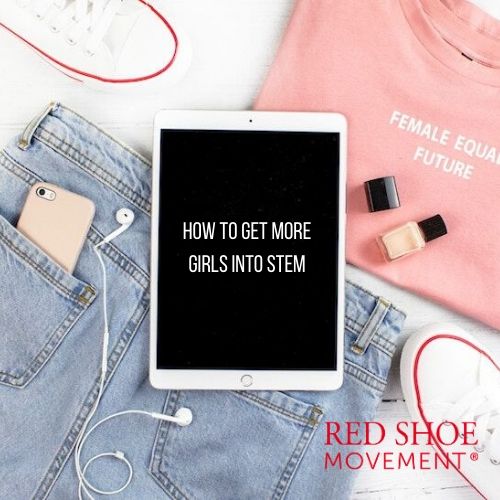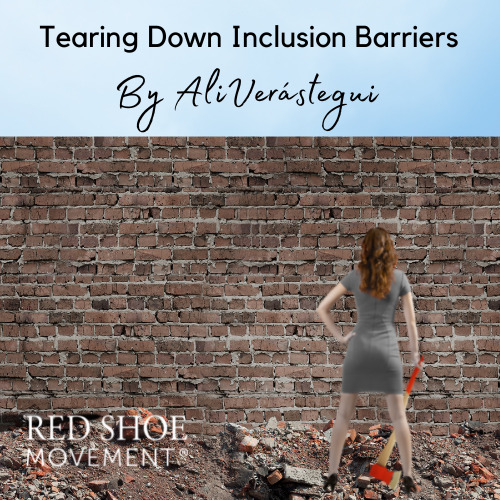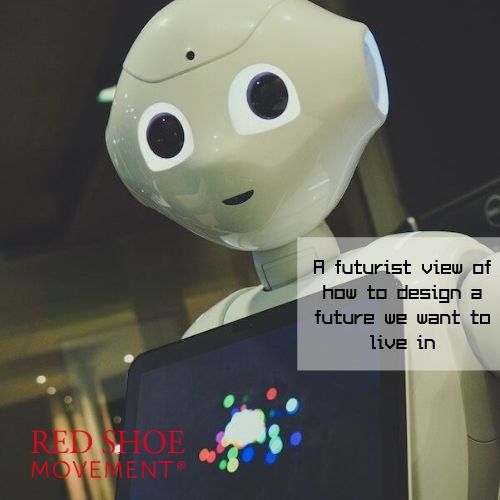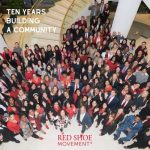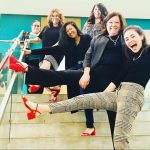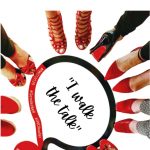Workplaces today are more generationally diverse than ever before. It’s not uncommon to find Baby Boomers, Gen X, Millennials, and Gen Z working together on the same team—each bringing distinct experiences, communication styles, and expectations to the table.

While this diversity of thought can be a powerful asset, it can also lead to misunderstandings, friction, and missed opportunities if not managed intentionally.
So how can you—whether you’re leading a team or working in one—harness the power of generational intelligence to thrive and help others thrive too?
Let’s dive into how to decode generational differences, build bridges instead of silos, and create a culture of collaboration across age groups.
Why Generational Intelligence Matters
Generational intelligence is more than being aware that people from different age groups might work differently. It’s the ability to understand, appreciate, and adapt to those differences in ways that elevate everyone’s performance and sense of belonging.
When applied well, it leads to:
- Better communication
- More inclusive leadership
- Greater innovation from diverse perspectives
- Higher engagement across the board
Understand the Broad Generational Profiles
Let’s start with a quick (and respectful!) refresher on who’s who, always understanding that generalizations about the different generations should be taken with a big grain of salt.:
- Baby Boomers (Born ~1946–1964): Value loyalty, experience, and a strong work ethic. Many grew up in hierarchical workplaces and may prefer more formal communication styles.
- Gen X (Born ~1965–1980): Independent, adaptable, and pragmatic. Often known for “just getting it done” without needing constant feedback.
- Millennials (Born ~1981–1996): Value purpose-driven work, flexibility, and collaborative environments. Grew up with tech and are big on feedback loops.
- Gen Z (Born ~1997–2012): Digital natives who prize authenticity, inclusivity, and mental health. Often more comfortable in informal, asynchronous communication.
Of course, these are generalizations—every individual is unique—but being aware of these patterns can help decode where people might be coming from.

Flex Your Communication Style
One size doesn’t fit all. If you want to engage your full team, you may need to adapt how you deliver your message.
✅ For Boomers and Gen X:
- Provide context and structure.
- Use email or scheduled meetings for important conversations.
- Show appreciation for experience and long-term commitment.
✅ For Millennials and Gen Z:
- Keep it concise and conversational.
- Use collaborative tools like Slack, Teams, or Loom.
- Encourage open dialogue and real-time feedback.
To be even more effective, take the time to ask your team members individually how they prefer to communicate. Because the truth is that these preferences are not just generational—they are personal.
Join our Step Up Women Leadership Program today!
Lead With Curiosity, Not Assumptions
Although we are using generalizations here for the purpose of understanding large groups of people. generational stereotypes can get in the way of real connection. Instead of assuming, start asking.
Try saying:
- “I’d love to understand your take on this—how do you see it from your perspective?”
- “What has worked well for you in previous projects like this?”
- “What are the tools or formats that help you collaborate best?”
When people feel heard and respected, they’re more likely to engage fully—regardless of age.

Create Mentorship That Goes Both Ways
Forget the old model where only the older employee is the mentor or the more current one of reverse mentoring, and try the Red Shoe Movement’s proven methodology of Mutual Mentoring.
The idea is that we all have something to teach and something to learn at all times and that pairing people at different stages of their careers, or from different generations can be extremely beneficial for both parties. Both parties are empowered by the interaction as they get to learn and teach to each other.
Be Transparent About Change
Different generations often have different levels of comfort with change. Some thrive on rapid shifts, others prefer predictability.
As a leader (or even as a peer), help your team manage transitions by:
- Explaining the why behind changes.
- Offering training or support to those who need it.
- Acknowledging what’s being lost as well as what’s being gained.
Clarity and empathy go a long way toward easing resistance.
Watch out for Generational Biases—Even Subtle Ones
Yes, there’s ageism at all ends of the age spectrum. Comments like:
- “She’s a little old-school.”
- “They’re so entitled.”
- “He doesn’t even know what TikTok is.”
- “She’s too young to do…”
- “Son, I’ve been doing this job since before you were born”…can create toxic microclimates that chip away at collaboration.
✅ Be the voice that calls people in, not out.
✅ Redirect assumptions into opportunities for connection.
✅ Encourage mixed-age project teams to help people build real relationships.

Design Meetings and Workflows That Work for Everyone
Consider:
- Offering agendas in advance for those who prefer to prepare.
- Using both synchronous (real-time) and asynchronous (recorded or written) communication.
- Encouraging video-off time for Zoom fatigue (Gen Z and Millennials appreciate this!) but allowing space for face time too (Boomers and Gen X may prefer visual cues).
The goal isn’t to please everyone 100% of the time—it’s to design with flexibility so everyone feels like they can fully contribute.
Model Inclusive Leadership
If you’re in a position of influence, you have the chance to role-model generational intelligence by:
- Celebrating wins across the board. Recognize contributions from all levels, not just those with seniority or the loudest voice.
- Rotating leadership roles. Give different people (of varying ages) the chance to lead meetings or initiatives.
- Sharing your learning journey. Let others see how you’re actively learning from all generations.
That openness builds trust—and trust builds collaboration.
Keep in Mind: Generational Intelligence is a Career Advantage
The truth is, navigating generational differences isn’t just about “getting along.” It’s a strategic skill that makes you a stronger leader, a more empathetic teammate, and a sharper communicator.
When you develop generational intelligence, you:
- Spot hidden strengths others miss.
- Bridge gaps in understanding.
- Build teams that innovate through diverse perspectives.
And in a fast-changing workplace where soft skills are the new power skills, that kind of intelligence isn’t just nice to have—it’s a competitive edge.
So, wherever you are in the generational landscape, lean into curiosity, adaptability, and collaboration. Your influence—and your career—will grow because of it.
And if you are ready to take the next bold step to fulfill your career dreams, we are here for you. Join our Step Up Women program today and become part of a uniquely supportive community while you acquire all the power skills you need to reach your goals.
